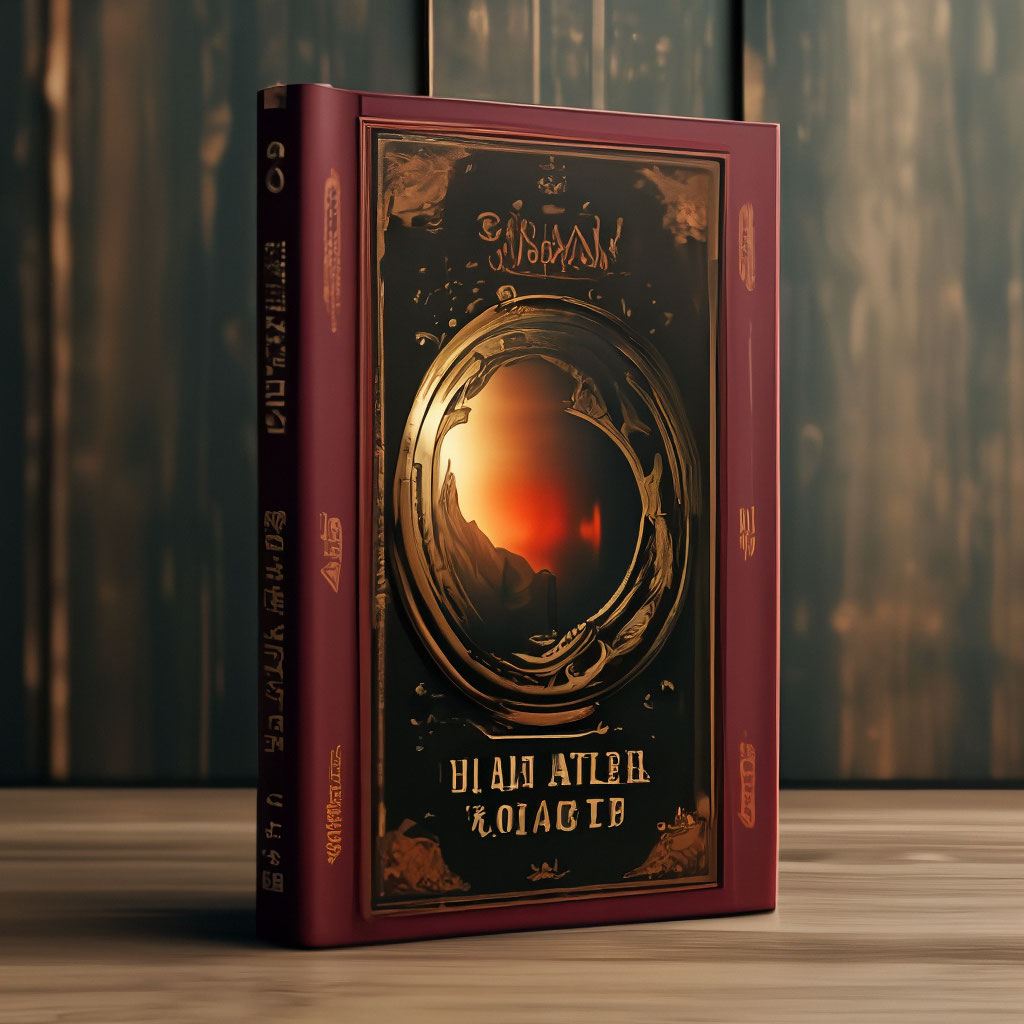Excerpt from The Atharvaveda
2. Relative chronology of the popular and hieratic literatures. - Anyhow this difference of nomenclature between the three Vedas on the one side and the Atharvan on the other is an important and profound one in the history of Vedic literature. Leaving aside the beginnings of speculative theosophic literature which are represented freely in both types (Rv. and Av.), we are lead to two main divisions of Vedic literature, the three Vedas with their soma-sacrifices, and the Av. with the house-ceremonies (grhya) i.e., respectively, the hieratic and the popular religion. The statement put in this form is of importance for the relative chronology of the Atharvan writings: it becomes evident at once, and from the ethnological point of view a fortiore that there can have been no period of Vedic history in which house-customs and mantras of essentially Atharvanic character were wanting,; while at the same time the more elaborate hieratic mantras and soma-sacrifices were present. In fact, in some form or other both are prehistoric. The hieratic religion joins the Avestan haoma-worship; the Atharvanic charms and practices are very likely rooted in an even earlier, perhaps Indo-European, antiquity. At least, he who does not regard the analoga between Atharvanic charms and practices and those of the Teutonic and other I.E. peoples as entirely accidental (anthropological) must hesitate to ascribe all the mantras of the Av. and Grhyasutras to a late Vedic period. In the case of some, e.g. the wedding-charms and the funeral hymns, this is manifestly impossible; it is not less so in the case of at least some hymns embodied in the Av. Samhitas alone, as, e, g. 4. 12.This point of view gains much firmness from a complete survey of the vast armory of charms, blessings, and curses contained in the Av., such as may be gained by reading over the analysis of the vulgate as given in this book (Part Iii). What is the nature of the impulse which created ex nihilo at a late period so strong and popular a need, and with it such elaborate means of satisfaction; what were the conditions which exempted the earher and therefore more primitive Vedic time from these needs and their gratification? It has been assumed that the more intimate blending of the Vedic people with the barbarous aborigines of India may have contributed much to the vulgarization of the beliefs and literature of the Vedic Hindus. This is certainly true to some extent, but it does not account for a literature of such extent and character as the Atharvan. This is, after all, only to a limited extent suggestive of aboriginal barbarism: demonolatry with all other things that are hideous and uncanny make up only a part of fhe Av. and the related Grhya-literature; noris it possible to demonstrate that even all that is borrowed from outside sources. Contrariwise, Atharvanic charms are often pervaded by a more genuine Aryan spirit than the more artistic prayers to the gods of the Rigvedic pantheon (e.g.3. 12; 3, 30; 4. 8; 7. 36 and 37).That the differences in language, style, and metre between Av. and Rv. are by no means always to be interpreted as chronological but rather as dialectic; and that the songs of the lower grades of the people were sure to be composed in a language slightly different from that of the higher priestly families will be shown below( 38 and 42). ( 3.Chronology of the Atharvan redaction. Yet there can be no doubt that the existing collections of the Atharvan are the final product of a redactioral activity much later than that of the Rv., and that many hymns and prose pieces in the Av. date from a very late period of Vedic productivity. The Atharvan hymns as well as the Grhya-rites present themselves in a form thoroughly Rishified and Brahmanized; even the mantras and rites of the most primitive ethnological flavor have been caught in the drag-net of the priestly class and made part of the universal Vedic religion. Это и многое другое вы найдете в книге The Atharvaveda (Classic Reprint) (Maurice Bloomfield)
